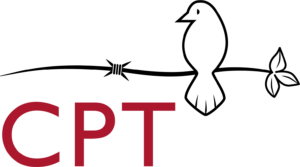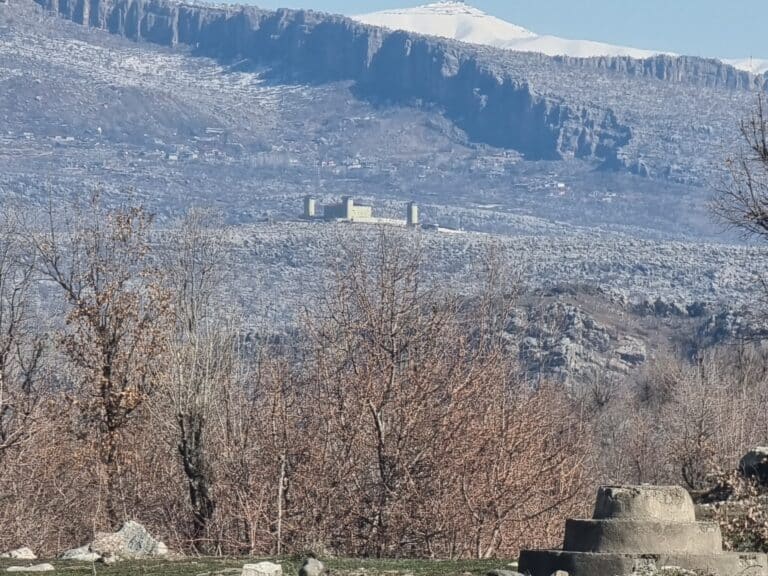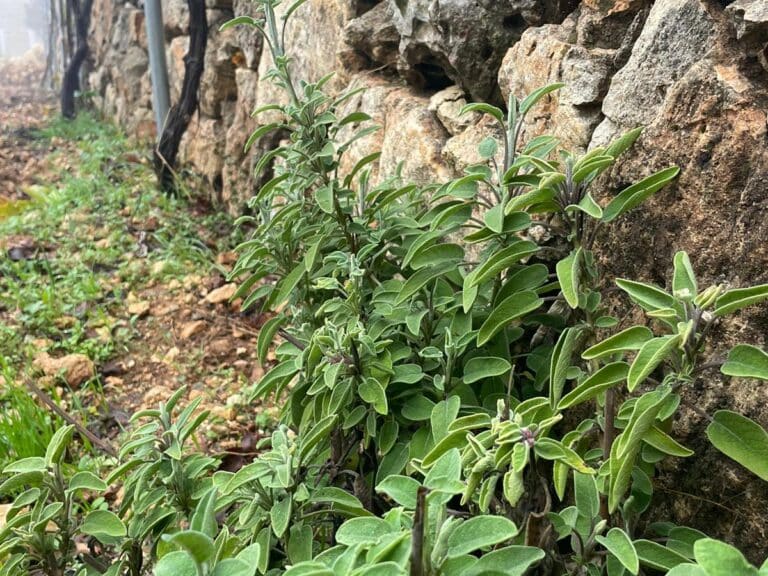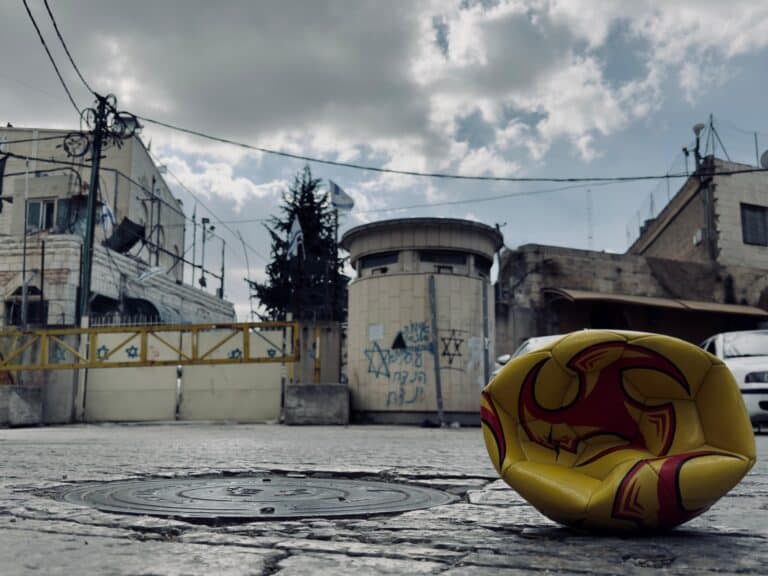CPTnet
4 November 2011
COLOMBIA ANYALYSIS: Who is paying Colombian armed groups for access to
gold?
by Pierre Shantz
Gold is the new way for illegal armed groups in Colombia to
finance themselves, according to a recent Bloomberg
Weekly report. However,
both paramilitary and rebel guerrilla groups have profited from gold mining in
Colombia for years. It has only
come to public attention now because large mining companies have begun to stake
claim to Colombia’s reserves, some of the largest in the world, and small-scale
artisan miners stand in their way.
One of the organizations resisting the encroachment of the
mining companies is the Southern
Bolivar Agricultural-Mining Federation (FEDEAGROMISBOL), which
Christian Peacemaker Teams has accompanied since 2006. FEDEAGROMISBOL is a network of primarily
subsistence small-scale miners and peasant farmers throughout the San Lucas
mountain range in the Southern Bolívar region. Our partners in the organization say that the Colombian government
is trying to blame the small scale miners for financing the illegal armed
actors as a way of shutting their mining enterprises down so the government can
give all mining rights to large corporations.
Five of the
world’s ten largest gold mining companies are based in
Canada and as the 2006 MacLean’s magazine article, New CIDA Code
Provokes Controversy, shows, the Canadian government is giving them
as much help as possible to do business in Colombia. The article uncovered how
the Canadian International Development Agency (CIDA) funded a process to change
the Colombian mining code, making it far more favorable to corporate mining
interests. The new code squeezes
artisan miners out of the equation by making it nearly impossible for them to
meet standards that can only be completed by large-scale and well-financed
projects. And in October 2010, the
Canadian government voted down Bill C-300, a law that would have held Canadian
mining companies to higher environmental and human rights standards around the
world.
For years, large corporations have paid paramilitary death
squads to protect their business interests. A well-known example is the case of Chiquita
Banana, which paid paramilitary death squads linked to massacres and
the assassinations of union leaders.
In 2006, Asad Ismi wrote, Profiting
From Repression: Canadian Firms in Colombia Protected by Military Death Squads,
showing the links between Canadian gold companies and illegal armed groups. During 1998, massacres committed by
death squads drove 10,000 people from southern Bolivar. The expelled miners accuse multinational
mining companies of funding the paramilitaries that removed them.
On 17 August 2011, dozens of heavily armed men in uniform
identifying themselves as the Black Eagles paramilitary group entered the town
of Casa Zinc in southern Bolivar where they detained, tortured and killed three
people and left a fourth person wounded. Just two weeks later, on 29 August, Canadian-owned Midasco
Capital announced in Digital
Journal that they received mining licenses to excavate in the
southern Bolivar region, including the area around Casa Zinc. On 1 September 2011, unknown assailants
assassinated Father Jose Reinel Restrepo Idairraga. Father Restrepo was parish priest in the community of Marmato
who strongly opposed Canadian-owned Medoro Resources’ open pit mining project. These events are just two of many that
show how large corporate projects benefit from armed groups’ use of terror to
quiet opposition.
So back to the original accusation by the Colombian
government, who’s most likely to finance these groups—the small-scale miners
who dig out gold in a sustainable way to support their families or corporations
who wish to extract all the gold in the shortest possible time with the fewest
possible obstacles?





